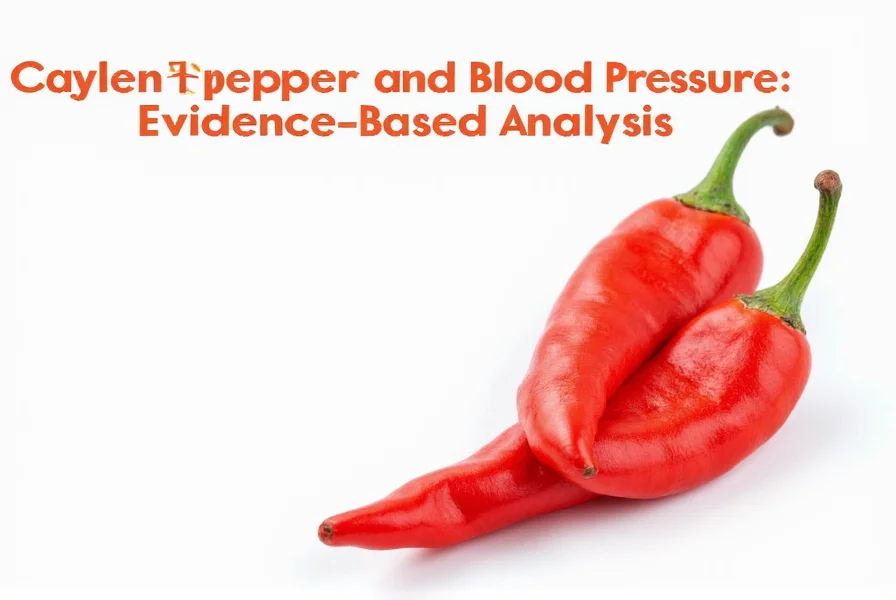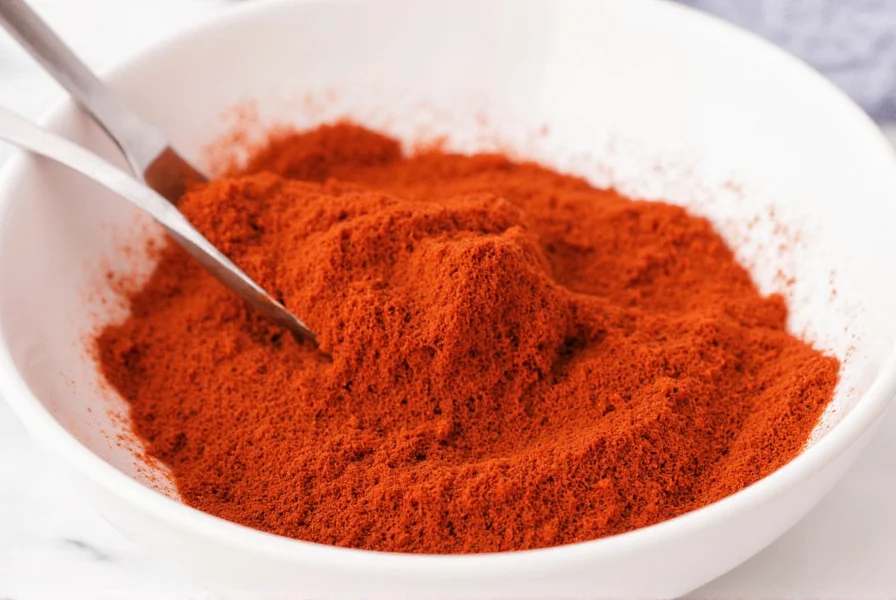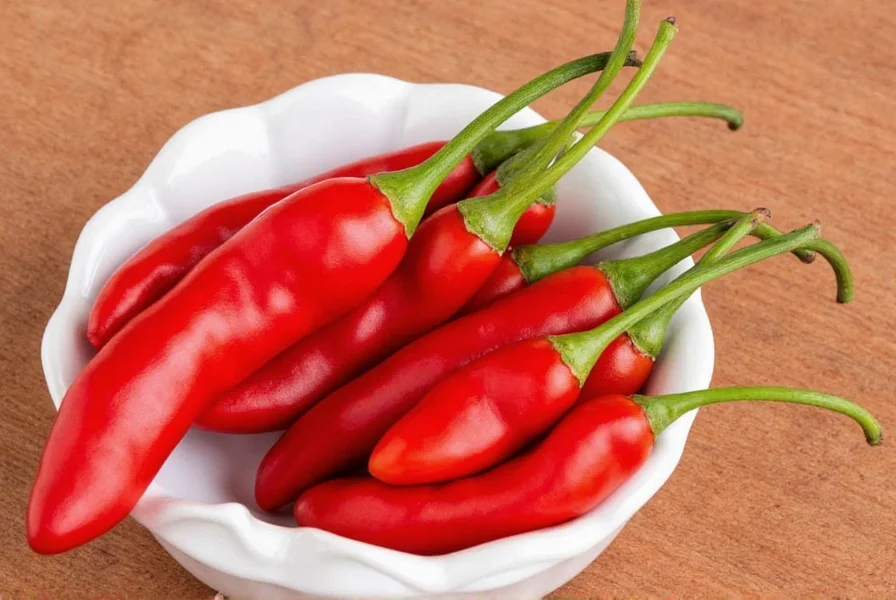Many people searching for natural approaches to manage hypertension wonder about the potential benefits of cayenne pepper. This vibrant red spice has been used in traditional medicine for centuries, but what does modern science actually say about its effects on blood pressure?
The Science Behind Cayenne Pepper and Cardiovascular Health
Cayenne pepper contains capsaicin, the compound responsible for its heat. Research indicates capsaicin may influence cardiovascular function through several potential mechanisms. When consumed, capsaicin activates transient receptor potential vanilloid 1 (TRPV1) channels, which can trigger a cascade of physiological responses.
Studies published in the Journal of Cardiovascular Pharmacology suggest that capsaicin may promote vasodilation—the widening of blood vessels—which could potentially lower blood pressure. This effect appears related to the release of nitric oxide, a molecule that helps relax blood vessel walls.
What Research Says About Cayenne Pepper and Blood Pressure
While traditional medicine systems have long used cayenne for circulatory health, scientific evidence remains limited but promising. A 2016 review in Nutrients examined multiple studies on capsaicin and cardiovascular health, noting:
| Study | Participants | Findings |
|---|---|---|
| Animal study (2010) | Rats with hypertension | Significant blood pressure reduction after capsaicin administration |
| Human trial (2013) | 30 adults | Modest reduction in systolic BP after 4 weeks of capsaicin supplementation |
| Meta-analysis (2019) | Mixed animal/human studies | Inconclusive evidence for humans; stronger evidence in animal models |
These findings suggest potential benefits, but researchers consistently note limitations in current evidence. Most human studies have been small, short-term, or used capsaicin supplements rather than dietary cayenne pepper.
How Cayenne Pepper Might Affect Blood Pressure
Researchers have identified several potential pathways through which cayenne pepper might influence blood pressure:
- Vasodilation: Capsaicin may stimulate nitric oxide production, helping blood vessels relax
- Improved circulation: Some evidence suggests capsaicin enhances blood flow
- Reduced arterial stiffness: Preliminary research indicates possible benefits for arterial flexibility
- Anti-inflammatory effects: Chronic inflammation contributes to hypertension; capsaicin has demonstrated anti-inflammatory properties
However, these mechanisms haven't been conclusively proven to produce clinically significant blood pressure reductions in humans through dietary cayenne consumption.
Important Limitations of Current Research
When considering natural approaches for blood pressure management, it's crucial to understand the limitations of existing research on cayenne pepper:
- Most human studies use concentrated capsaicin supplements, not culinary amounts of cayenne pepper
- Long-term effects of regular cayenne consumption on blood pressure remain unstudied
- Optimal dosage for potential cardiovascular benefits hasn't been established
- Individual responses may vary significantly based on genetics and health status
- Research hasn't determined whether culinary use provides meaningful benefits
Safety Considerations and Potential Interactions
While cayenne pepper is generally safe as a food ingredient, those with hypertension should consider several important factors:
Capsaicin may interact with certain blood pressure medications, particularly calcium channel blockers. Some evidence suggests it might enhance their effects, potentially causing blood pressure to drop too low. Individuals taking anticoagulants should also exercise caution, as cayenne may increase bleeding risk.
Those with gastrointestinal conditions like ulcers, GERD, or IBS may experience discomfort from cayenne's irritating effects on mucous membranes. Start with small amounts if incorporating cayenne into your diet.

Practical Advice for Those Considering Cayenne Pepper
If you're interested in exploring cayenne pepper as part of your blood pressure management strategy, consider these evidence-based recommendations:
- Consult your healthcare provider before making significant dietary changes, especially if you take blood pressure medication
- Start with small culinary amounts (1/8 to 1/4 teaspoon daily) rather than supplements
- Monitor your blood pressure regularly to detect any changes
- Never discontinue prescribed medications without medical supervision
- Consider cayenne as one component of a comprehensive approach that includes diet, exercise, and stress management
Remember that the DASH diet (Dietary Approaches to Stop Hypertension), which emphasizes fruits, vegetables, whole grains, and low-fat dairy, has substantially more scientific support for blood pressure management than any single spice.
Conclusion: Managing Expectations About Natural Remedies
While preliminary research suggests cayenne pepper might offer modest cardiovascular benefits, current evidence doesn't support it as a standalone treatment for hypertension. The potential blood pressure-lowering effects appear relatively small compared to established lifestyle modifications and medications.
For those interested in natural approaches to blood pressure management, a comprehensive strategy that includes the DASH diet, regular exercise, stress reduction, and adequate sleep remains the most evidence-based approach. Cayenne pepper may complement these strategies as part of a varied, plant-rich diet, but shouldn't be viewed as a primary intervention.

How much cayenne pepper should I take for blood pressure?
There's no established therapeutic dose of cayenne pepper for blood pressure management. Culinary amounts (1/8 to 1/4 teaspoon daily) are generally considered safe, but consult your healthcare provider before using cayenne specifically for hypertension, especially if you take medication.
Can cayenne pepper replace my blood pressure medication?
No, cayenne pepper should not replace prescribed blood pressure medication. Current evidence doesn't support it as an effective standalone treatment for hypertension. Always consult your doctor before making changes to your medication regimen.
How quickly does cayenne pepper lower blood pressure?
Any blood pressure effects from cayenne pepper would likely be modest and gradual, not immediate. Some studies showing effects used daily supplementation for several weeks. Significant, rapid blood pressure reduction from dietary cayenne alone isn't supported by current evidence.
Are there risks to using cayenne pepper for high blood pressure?
Cayenne pepper is generally safe as a food ingredient, but may interact with blood pressure medications (potentially causing excessive lowering) and blood thinners. Those with gastrointestinal conditions may experience discomfort. Always discuss with your healthcare provider before using cayenne specifically for blood pressure management.
What's the difference between cayenne pepper supplements and culinary use for blood pressure?
Most research showing potential blood pressure benefits used concentrated capsaicin supplements, not culinary amounts of cayenne pepper. Supplements contain much higher capsaicin levels than you'd get from cooking. The effects of regular culinary use on blood pressure remain uncertain and likely more modest than supplement studies suggest.











 浙公网安备
33010002000092号
浙公网安备
33010002000092号 浙B2-20120091-4
浙B2-20120091-4